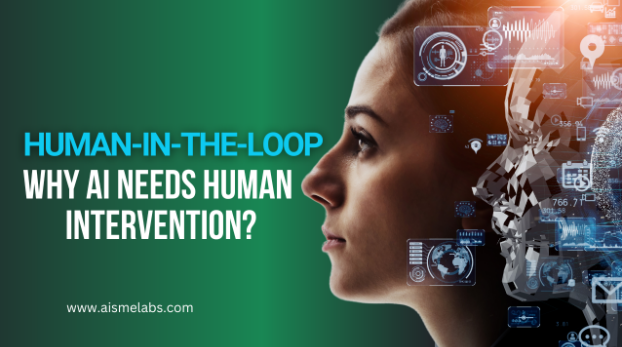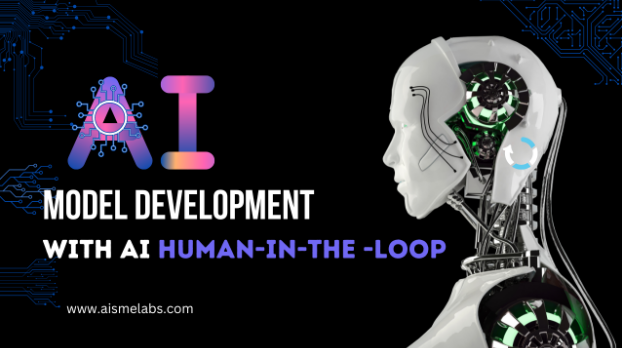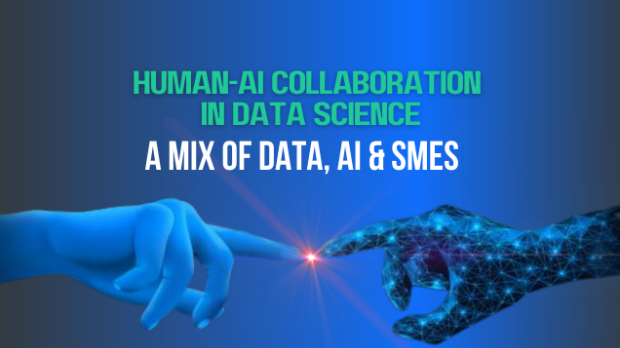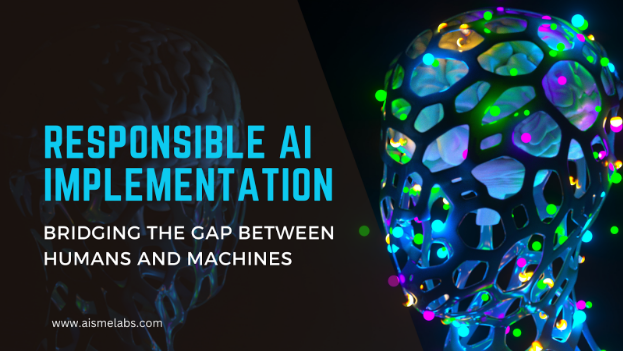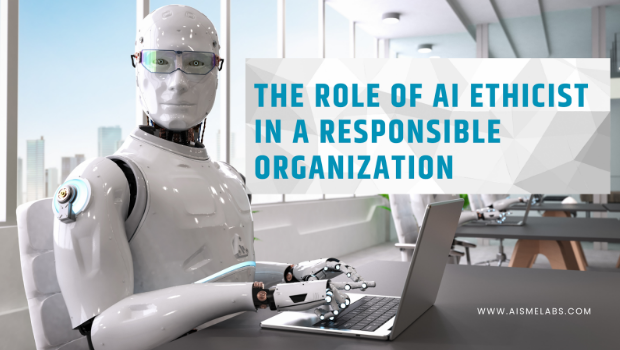Modern advances in algorithms and computing have made artificial intelligence (AI) a practical reality. From autonomous self-driving cars to online shopping carts and manufacturing robots, AI-based systems play important roles today. According to recent research, the AI software market is expected to reach $126 billion by 2025.
While AI technologies drive growth and can perform tasks and make better decisions, human intervention is necessary to aid AI’s capabilities. Businesses dealing with AI technology are well aware of its limitations. In most successful AI deployments, humans play an integral role in cooperating with machine learning and deep learning algorithms to improve accuracy.
The article discovers the limitations of AI and the need for human oversight in artificial intelligence.
The Limitations of Artificial Intelligence
Artificial intelligence (AI) has made tremendous strides in recent years, but it does have some limitations. While AI systems are capable of performing many tasks more accurately than humans, there are certain tasks they can’t perform well without human intervention.
AI systems are only as good as the data they are trained on; if data is incomplete or biased, the AI’s decisions may also be flawed. Some of the limitations of artificial intelligence include the following:
Limited to pre-fed tasks:
AI systems cannot apply common sense and intuitive reasoning to new situations in the same way humans can. They can only make decisions based on the data they have been trained on and may struggle to handle novel situations outside this data.
Requires monitoring:
AI systems need to be monitored as they can be influenced by the data they are trained on, and if the data is biased, the AI system’s decision may also be biased. Monitoring helps address biases and correct such issues.
AI’s “black box” nature:
AI’s “black box” nature refers to the fact that it can be difficult or impossible to understand how an AI system arrived at a particular decision or conclusion. This nature concerns situations where AI’s decision-making may have significant consequences, such as healthcare, finance, or criminal justice.
Limited creativity:
AI systems don’t have the ability to generate new ideas or think creatively like humans. While they can be trained to generate content based on existing patterns, they can’t develop original ideas.
The Need for Human-in-the-Loop AI
As we continue to see rapid growth and development of artificial intelligence, human oversight is more important than ever before to improve accuracy and enable better decision-making. Human-in-the-loop AI is used to improve the performance of AI systems. By providing feedback and guidance, humans can help AI systems learn and adapt more quickly and effectively, especially in complex or dynamic environments when the rules or conditions frequently change.
The following are some ways in which human-in-the-loop aids artificial intelligence.
Avoid Bias
As mentioned earlier, AI systems’ decision-making can easily become biased if the data fed into them is flawed or biased. Here a human-in-the-loop can monitor the system and detect bias early to improve the system’s decision-making.
Augment Rare Data
Most popular algorithms require a large amount of labeled data to provide accurate results. However, there may be cases when not a large amount of even unlabeled data is available. In this situation, human-in-the-loop can label or annotate rare or difficult-to-classify data, providing additional context and meaning to train an AI system. Also, humans can augment existing data by adding additional information, making it useful for training an AI system.
Maintain Human-Level Precision
Many applications, such as manufacturing critical aircraft equipment, require human-level precision in AI systems to improve safety. We can achieve accurate and precise decisions by integrating human decision-making and oversight into the AI process. Humans can provide specific examples of where the AI system did well and where it can improve, enabling the system to learn and adapt more effectively.
Manipulating Data
AI is particularly good at data processing and analytics. However, AI systems perform even better when humans are involved in data collection, annotation, and validation. While artificial intelligence can replicate human intelligence, AI systems may produce inconsistent or erroneous outcomes without appropriate input and direction.
Governance
Human-in-the-loop AI enables governance by ensuring the AI system’s accountability and transparency. By allowing humans to review and understand the decisions made by AI systems, we can build trust and confidence in the use of AI and ensure the decision is fair, unbiased, and aligned with ethical and legal guidelines.
Improved Accuracy & Efficiency
Human-in-the-loop AI allows continuous feedback and learning for the AI system, which can help improve the system’s accuracy. Also, the feedback can be used to refine and improve the AI’s performance, enabling better decision-making and accurate results.
Example of Human Intervention in AI
Here are two current well-known AI applications that use the human-in-the-loop model.
Self-driving cars:
It’s one of AI’s most emerging applications from the world of autonomous vehicles. Self-driving cars use sensors to detect the surroundings and then determine, based on algorithms, how to best navigate from one point to another. However, the technology still needs human experts to train it in both the cognitive processes required to recognize traffic signals and obstacles and the tactical process of operating a vehicle.
Automated check deposits:
Using optical character recognition and artificial intelligence, ATMs can automatically read amounts from handwritten checks. When the system can’t recognize the handwriting, it forwards the check to be inspected manually by a teller. The system then uses these corrections to recognize future patterns and read more accurately.
Explore Innovative Human-in-the-loop AI Solutions with AISME
While AI has the potential to reap many benefits through automation, it is important that the system is developed and used in a transparent way, which may require human oversight and intervention. As AI sweeps swiftly into every aspect of our lives, we may need to train more models with human-in-the-loop. With the help of humans, the techniques and algorithms will only get better.
AISME Labs provides SME services to help businesses ensure their AI systems are developed in a way that aligns with their values and goals. Benefit from the expertise of experienced SMEs from our network and get real-world solutions based on your industry-specific AI challenges.

